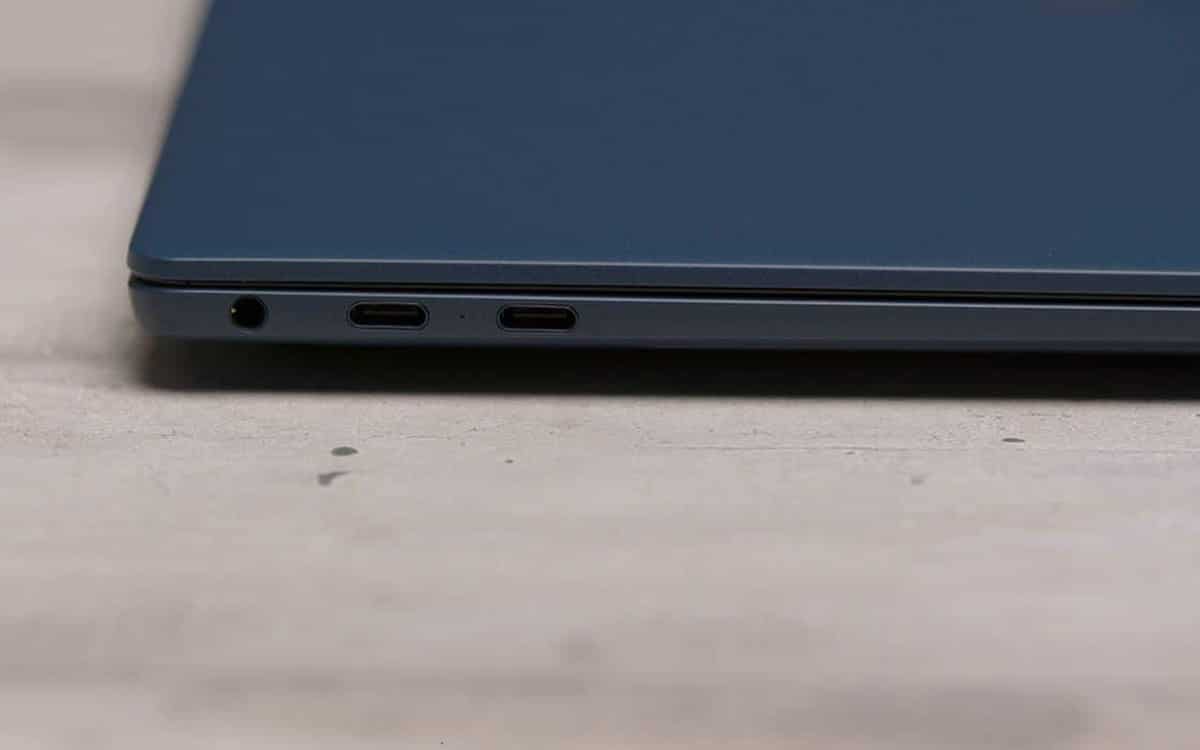
The launch of GDDR6 memory was one of the most important events within the graphics card industry, as this new standard opened the doors to the launch of models with higher bandwidth without the need to increase the bus from memory. The first general consumer graphics cards to use it were the Radeon RX 6000 and the GeForce RTX 20.
Compared to GDDR5 memory, GDDR6 scored the jump from a maximum frequency of 8 GHz to a ceiling of 14 GHz. The difference was substantial, as a graphics card like the GeForce RTX 2070 could achieve a bandwidth of 448 GB/s with a 256-bit bus and GDDR6, while the GeForce GTX 1070 only reached 256.3 GB/s. s with a 256-bit bus and GDDR5.
Over time, the maximum speed of GDDR6 memory has been increasing, and today It has peaked at 20 GHz. At that frequency, and with a 384-bit bus, we can achieve a 960 GB/s bandwidth, although its use at the moment is limited to the most powerful graphics cards that AMD has on the market, the Radeon RX 7900 XT and XTX. NVIDIA, for its part, uses GDDR6X memory, which can reach 22.4 GHz (GeForce RTX 4080).
According to Rambus, the increase in GDDR6 memory frequencies has not yet reached its ceiling, and he expects that by the end of this year it will reach a maximum peak of 24 GHz. This would allow it to match the GDDR6X standard that was developed exclusively by NVIDIA and Micron, since this also has a theoretical maximum peak of 24 GHz, only that it has not yet been implemented at that speed in any commercial product, perhaps for a matter of stability.
If the first 24GHz GDDR6 memory chips are released later this year, which seems quite likely, I am convinced that both AMD and NVIDIA could take advantage of launch cross-generational refreshes within its Radeon RX 7000 and GeForce RTX 40 series equipped with those memories at higher frequency.
As for future generations of graphics cards from NVIDIA and AMD, currently known as the GeForce RTX 50 and Radeon RX 8000, both are rumored to be will use GDDR7 memorya new standard that will have a base frequency of 34 GHz and will theoretically peak in the 50 GHz range. Yes, that’s impressive, and it will obviously allow enormous bandwidth even with very limited buses.




